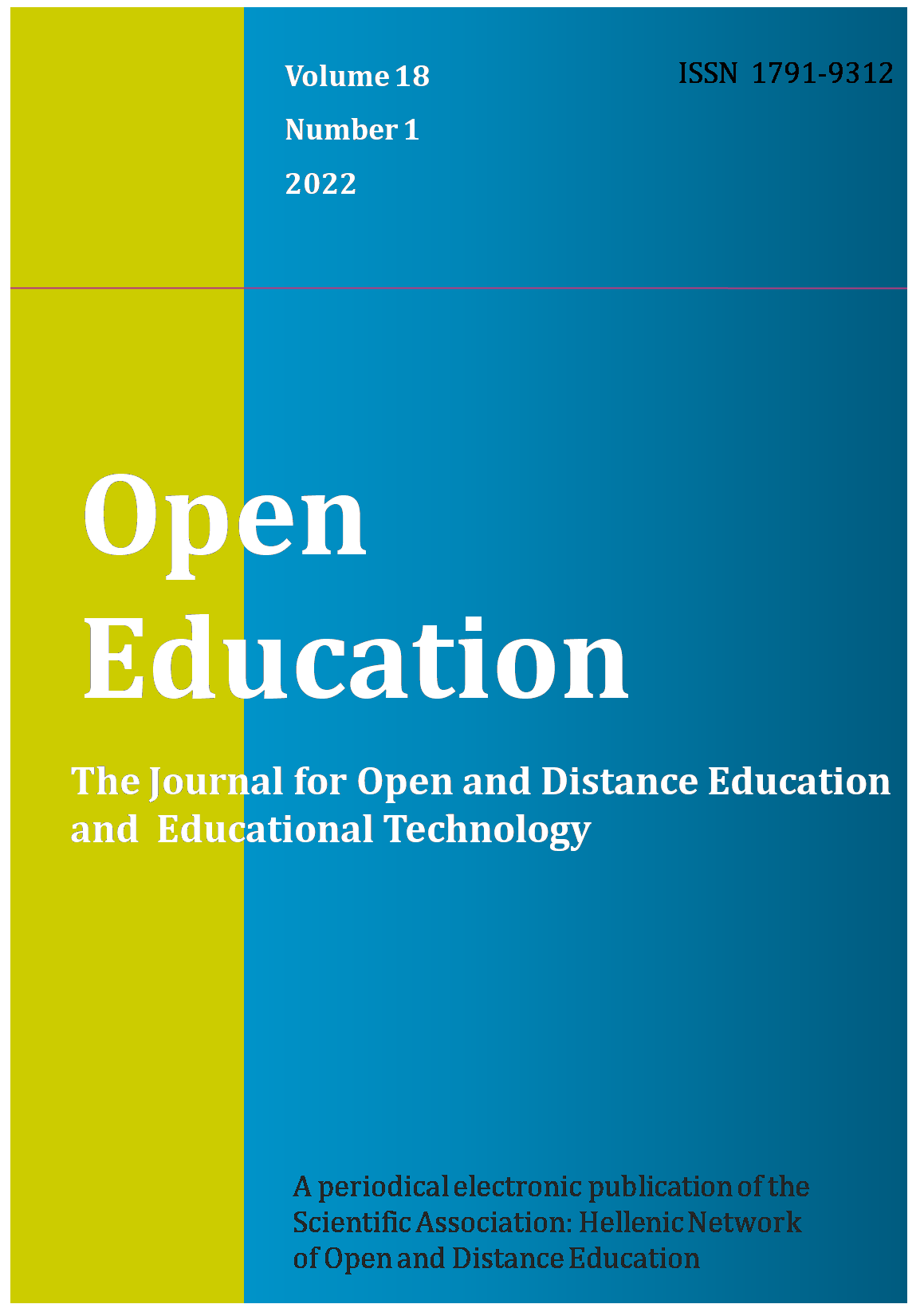Μεθοδολογικές Προσεγγίσεις με τη χρήση των Τεχνολογιών Επικοινωνίας και Πληροφορίας (ΤΠΕ): Τάσεις και Προοπτικές των Μεθόδων Έρευνας από και μέσω Διαδικτύου

Περίληψη
Το άρθρο αυτό διαπραγματεύεται παραδοσιακές μεθόδους και τεχνικές μεθοδολογικής έρευνας με τη χρήση των Τεχνολογιών Επικοινωνίας και Πληροφορίας (ΤΠΕ). Οι διάφορες εξελίξεις και η ραγδαία ανάπτυξη της τεχνολογίας, και δη των ΤΠΕ, έχουν αναπροσαρμόσει τη μεθοδολογία έρευνας, τόσο την ποιοτική όσο και την ποσοτική έρευνα αντίστοιχα, με νέες τάσεις και προοπτικές μεθόδων έρευνας, οι οποίες φέρονται να διενεργούνται πλέον από και μέσω Διαδικτύου. Το Διαδίκτυο αποτελεί πλέον μια τεράστια ερευνητική πρόκληση για τους ερευνητές ως ευκαιρία δράσης. Μέσω μιας εκτεταμένης και πλούσιας βιβλιογραφίας γίνεται προσπάθεια κατανόησης του όλου θέματος σε σχέση με τα οπτικοακουστικά μέσα επικοινωνίας (οπτικοακουστικά μέσα τεχνολογίας και οπτικοακουστικό περιεχόμενο), τα οποία απαιτούν πολλαπλές και νέες δεξιότητες και ικανότητες. Ο κύριος στόχος του άρθρου αυτού είναι να καταστεί, πρωτίστως, σημαντικός οδηγός, αλλά και κατάλογος των σημαντικότερων (νέων) μεθόδων για τη διεξαγωγή οποιασδήποτε έρευνας με τη βοήθεια της τεχνολογίας, ενώ η βιβλιογραφία του να αποτελέσει πηγή για περαιτέρω μελέτη.
Λεπτομέρειες άρθρου
- Πώς να δημιουργήσετε Αναφορές
-
- Ενότητα
- Μέρος πρώτο / Section 1


